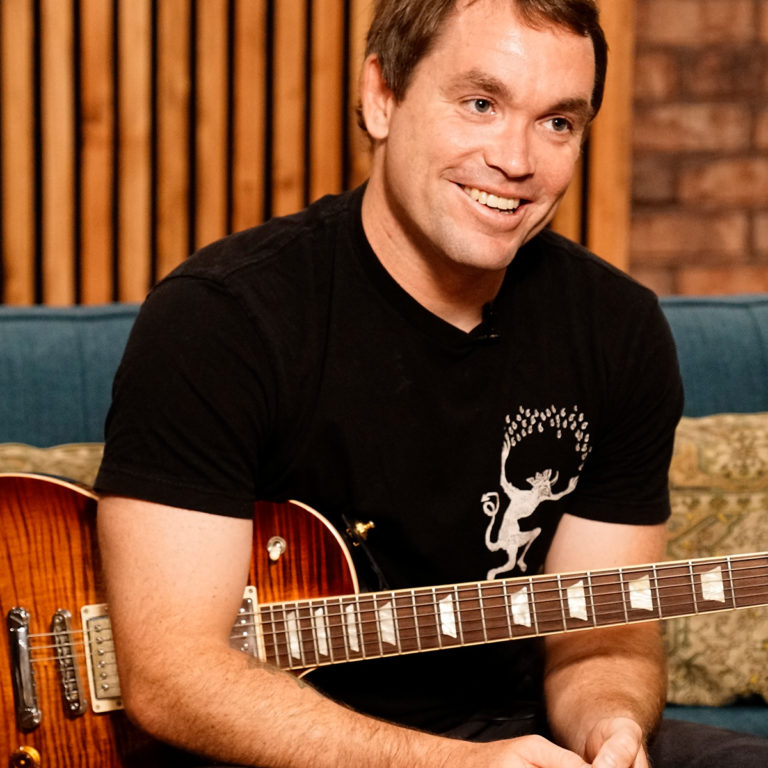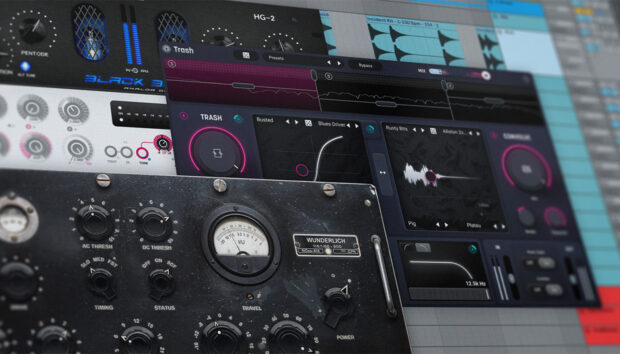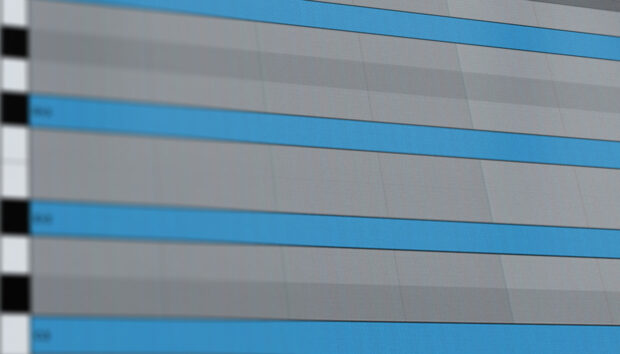Deafheaven first broke on the San Francisco scene in 2010 with little more than an untitled demo tape recorded on borrowed equipment and an acoustic guitar. But the group’s potent blend of crushingly heavy riffs and ethereal melodies (dubbed “blackgaze” for its melding of black metal and shoegaze sounds) was still largely unknown in America, and the subsequent response was both immediate and profound. Within months of playing their first show, Deafheaven had landed a record deal with legendary indie Deathwish, Inc., who quickly released their debut studio album to critical acclaim from Pitchfork, Decibel, and NPR.
Over the last decade, the band has churned out five albums of bewilderingly cathartic music, a crushingly heavy amalgam of beauty and ferocity that largely defies categorization. One need look no further than the band’s latest release – the monumentally atmospheric and relentlessly dynamic Infinite Granite – to witness the colossal and untamed beauty that’s possible in a post-genre world.
We sat down with Deafheaven guitarist and founding member Kerry McCoy to talk about his early influences and the band’s synergistic approach to songwriting. Read through for an in-depth exploration of Deafheaven’s origins and what influences Kerry’s guitar sound, plus watch this exclusive video of Kerry demonstrating his signature GUITAR RIG 6 presets at the Gibson Showroom in Hollywood, California.
When did you start playing guitar?
I was in fifth grade. My parents had just got divorced and my dad had a friend named Sheldon who was staying on the couch. Sheldon played guitar, and he gave my dad his old one because my dad wanted to play Bob Dylan songs. He showed me a couple of things, and I was like, “This is kind of fun,” you know? Something to do, like when you can’t skateboard. I would just sort of pick it up every now and then, and eventually learned how to play “A Horse With No Name” by America.
But the big push happened when I was in seventh grade. It was my birthday or Christmas, and I had gotten really into making stop-motion animation videos with my friend. So I asked for either a camcorder or the Squier Strat Pack from Fender, and I believe my parents saw that the Strat was cheaper than a camcorder, so I got that instead [laughs].
From there, I was just learning power chords and figuring out tablature on Guitar.com: Jimi Hendrix’s version of the National Anthem; “Learn to Fly” by the Foo Fighters; stuff like that. A friend from school played drums, one of my stop-motion movie friends got a bass, and we started a band and all simultaneously got into the aggressive music that teenagers were into at the time. It was 2003, so we’re talking At The Drive-In, The Misfits, AFI, Dead Kennedys – like the ’90s hardcore-y stuff.
We started going to shows, and I was just instantly like “Oh, this is what I want to do.” I got grounded so often for dumb teenager stuff – bad grades or weed or whatever – that when I was able to practice with the band, it was such an important thing. I couldn’t sleep for like two nights ahead of time. I’d be like, “Wow, we’re gonna have a whole weekend at Rob’s house and we’re gonna spend the night there and we’re gonna watch scary movies and play Xbox! And he’s got a four-track, and we’re gonna record songs, and he’s got a friend who can take the tape and transfer that from Winamp or something to a CD!”
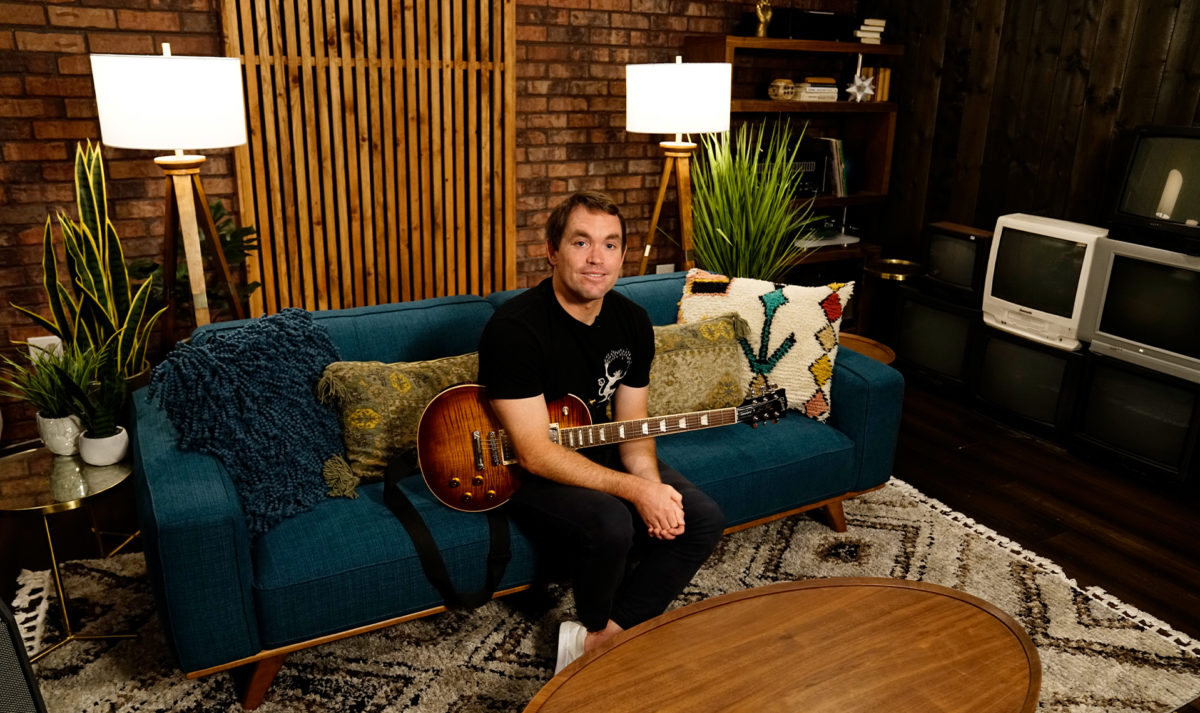
What are your biggest influences when it comes to playing style and tone?
Early on, a huge influence on my guitar playing was Jade Puget from AFI – specifically, the era from Shut Your Mouth And Open Your Eyes to The Art of Drowning. As a 13-or 14-year-old, I didn’t know what gear they were using. I just liked that it was distorted and rhythmic and there was a lot of energy and melody to it. There’s just one guitar, and when you go back and listen, it’s shocking how little effects are on it. There’s almost no reverb on the cleans, and there are no backing power chords when he’s doing octaves.
Then a friend introduced me to Thursday’s Full Collapse and War All The Time. I was a 14-year-old from Modesto, California who’d just bought The Misfits’ Legacy Of Brutality and Dead Kennedys’ Fresh Fruit for Rotting Vegetables and my friend was like “You should listen to this band called Thursday” and I was just like, “What is this? It’s like Radiohead and it’s not metal, but it’s got this kind of energetic Deftones thing to it.” I didn’t have the knowledge or the background to understand it, but I knew that I loved the clean tone in it and I loved the energy and the movement of the chords. It felt like there was a guitar that was trying to play two parts at once.
Then, when I was about 17, I got really into the post-punk revival stuff from the heavy-hitters of early 2000’s indie rock, like Interpol and Death Cab For Cutie. And that triggered another thing in me where, again, I didn’t understand how they were getting the tones, but I knew that I liked the warm, full sound and the chiming, jangly harmonies – and I loved mixing that with driving, high-energy, complicated-yet-memorable distortion tones. And that ultimately led me to black metal bands like Alcest, ColdWorld, and Lantlôs – bands that had that driving Deftones mid-tempo crash and ride with big, open cymbals and a melodic sense to them.
I didn’t have an older brother or a guiding force. My uncle showed me The Smiths and my Dad helped me get my first The Cure record, but I was really just a kid in suburban Modesto who didn’t have the internet a bunch of the time, and I was trying to track down the bands that were thanked in the liner notes of records I loved.
So you were just following your intuition?
Yeah, and as I went along on this journey, I realized like, “Oh, there’s no way Broken Social Scene doesn’t listen to Slint or Slowdive or My Bloody Valentine.” And so I just sort of incorporated those influences into my playing. But I’ve always clung to dense, cathartic, melodic, and energetic guitar playing in whatever form that takes. As a kid, I was like, “This has to be super fast” or “This has gotta be driving and heavy” and now I realize there’s as much of that density in an Oasis song as there is in something by His Hero Is Gone. It’s just a different form of it.
I’ve always loved warm cleans with chiming, jangly stuff, and I also love driving, dense harmonic chords. With my distortion, I’m always trying to split the difference between a Marshall-y Oasis sound and Metallica’s Master of Puppets tone, where you can chug but still get the high end in there.
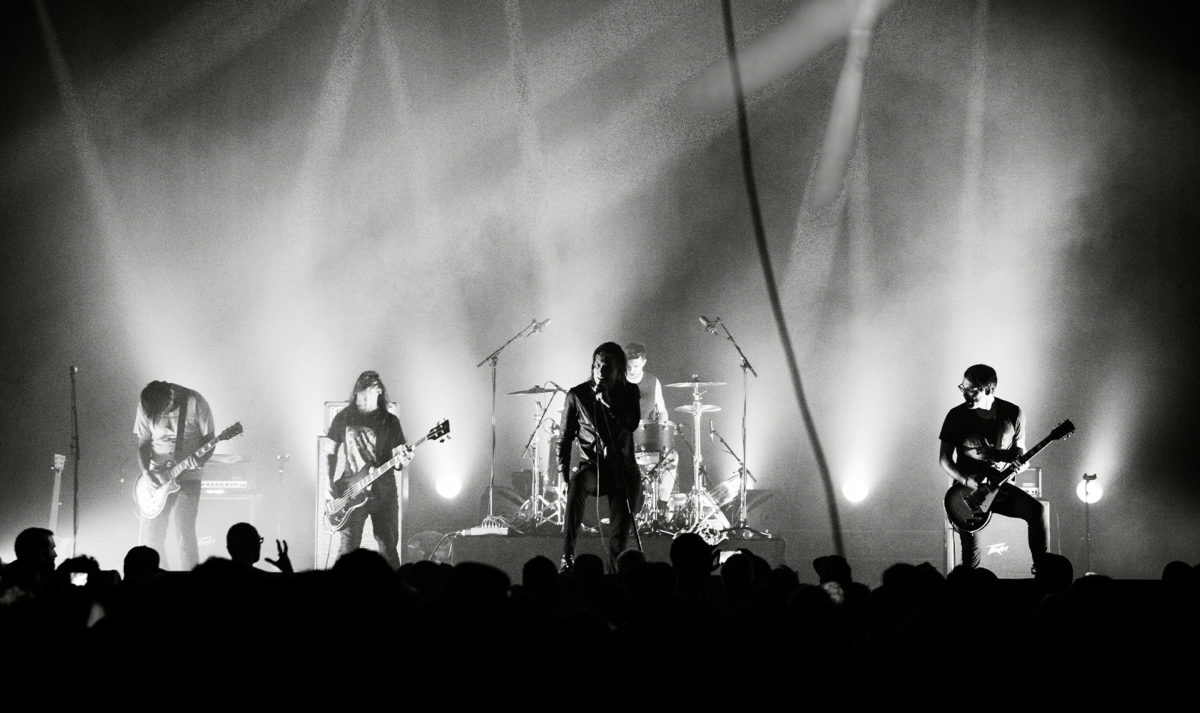
You’re one of the highest-visibility bands in the blackgaze genre. How much of that was a conscious choice, and how much was just a happy accident?
I would say that almost 95% of it was an accident. When we started the band, everyone that we knew was into post-black metal and shoegaze, and I felt like I had gotten into it late. I had friends back in San Francisco who were like “You’ve gotta hear this stuff!” and once I did, I was like “This is so good, and it fits so well with my guitar style!” I’d been in aggressive bands but also wanted to do more melodic things as well. And I thought, “How cool would it be to start a band that’s essentially the American West Coast version of Amesoeurs, Lantlôs or Alcest? We could play house shows and maybe once a year we’ll go on tour. And who knows, maybe those guys will even hear it one day.”
I also want to give us credit. We worked really hard on this stuff. From day one, this is all we’ve wanted to do. We don’t have a backup plan. So we worked hard and we put in the time and effort – but we also didn’t realize how foreign a sound it was, and one that wasn’t popular yet in the greater musical community. In aggressive music, people were really into the Entombed, HM-2-style revival; a lot of bands on Southern Lord and such were going for that sound. The worlds of aggressive music were still a little bit separate, so when we put our stuff out, it sounded different and it resonated really quickly. And again, I also think that we do what we do really well. But the fact that we were an American band in San Francisco, where it wasn’t as popular as it should have been, meant that when we started playing shows, we got signed very quickly. Like, within 10 shows, Deathwish Inc. was emailing us. It was crazy. And when they put out our first record, Roads To Judah, a lot of their fans hadn’t heard any of the bands we were referencing, which kind of had a double-sided effect: We were many people’s introduction to these bands, and simultaneously, people who already knew about these bands assumed that we were taking credit for the sound. So we spent the first two years before our album Sunbather being like, “We didn’t invent this genre, and we never said we did. This blogger said that, but he’s wrong.”
Our influences are most evident on Roads To Judah. But for Sunbather, I was like, “Well, you can kind of take Cranberries riffs and throw them in this kind of thing. You can take things from Meat Is Murder. And if you repurpose the same idea of those chords and you throw a blast beat behind it, you can get something really interesting. Throw something that could literally be on the third Foo Fighters record, and put that in this context and it’ll fit.” So by Sunbather, we had come into our own.
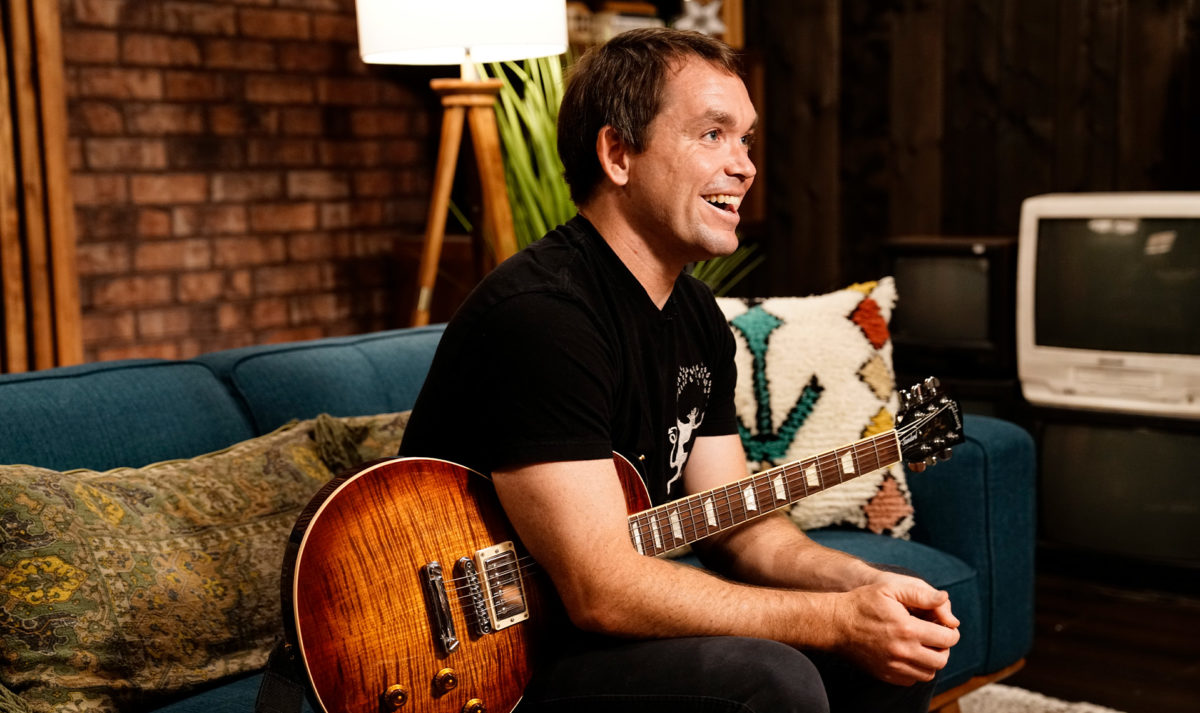
You used to do a lot of the initial composition on an acoustic guitar. Is that still a part of your songwriting process?
Originally, that was a product of necessity because I didn’t have an amp or a guitar when we did the demo. I just had my dad’s acoustic guitar that he had given me, and I used that to shittily demo riffs.
Sunbather is essentially written the same way as the demo, I just had pedals and an electric guitar in my apartment. But the intro to “Canary Yellow” from Ordinary Corrupt Human Love was written on an acoustic, and the last three records all feature acoustic riffs. The idea being, if a riff holds up in its barest form, imagine how good it will be with a full band and pedals and effects.
These days when we’re working on heavy stuff, I just go into a room with the guys and a lot of times I don’t have anything ready. Shiv has got maybe a little bit of something, and Dan has an idea. A lot of it is just an idea for a vibe and seeing what naturally comes out when the five of us are bouncing things off each other. It’s just so much easier because they’re each individually so good at what they do and I know that I can trust them to know if something’s good.
I was late to metal. Like, my only exposure to metal was essentially nu-metal radio in Modesto, which I hated from day one. And so it took me hearing Kill Them All and Reign In Blood to be like, “Oh, there’s metal that isn’t stupid.” Dan and Shiv grew up on metal and George came up on metal and punk, but because they’re also into things like Primal Scream and Zombie and all types of psych rock and weird krautrock stuff like Neu!, there’s no central idea in the band. No matter where the song wants to go, the rule for writing is that you’re not allowed to ask “What are people going to think about this?” And I feel like that’s a testament to how lucky I am to be in a band with dudes who are as open-minded musically as I am. I think only positive things can come from cultures and genres intermingling.
Any final words about these presets?
I’m super thankful for the opportunity to make these things. It was so fun and I use Native Instruments stuff all the time when I’m writing at home. This is what I use, and I hope that people like it.
Read on below to find out more of what Kerry had to say about five of his signature presets for GUITAR RIG 6.
Baby Blue Cleans
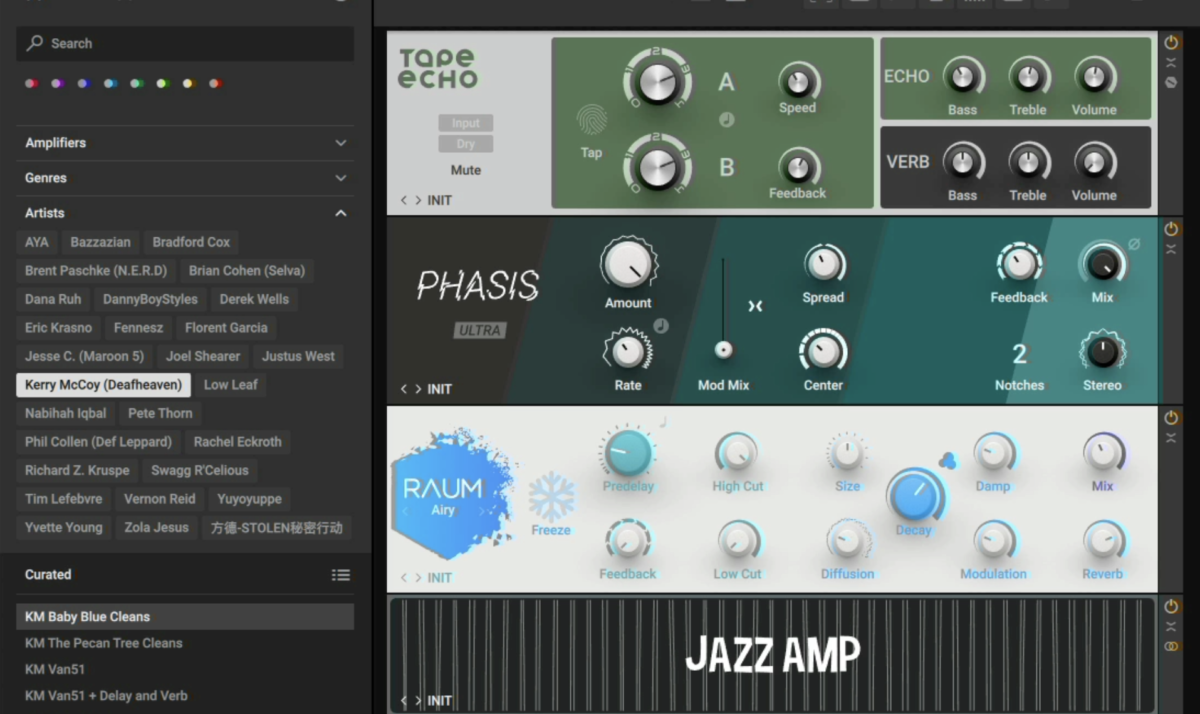
I wanted these presets to be as close to how they are when I play live, so I put the pedals before that because in my live signal chain, that’s how it is. When I was coming up with the main riff from “Baby Blue,” I had a chorus pedal. Early on in the New Bermuda writing sessions, I was listening to a bunch of Radiohead’s OK Computer and had read that Johnny [Greenwood] used a Space Echo pedal, so I used it a bunch on that record with an off-brand chorus and a Holy Grail.
Pecan Tree Cleans
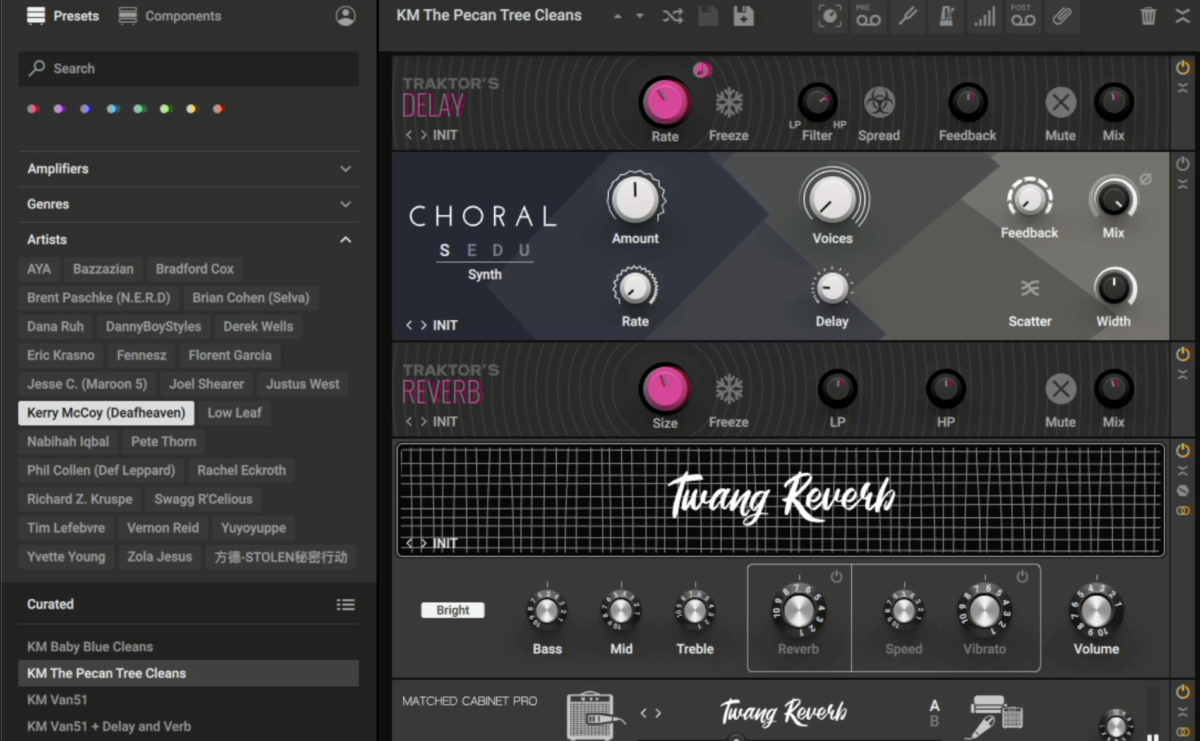
I haven’t used a bunch of Traktor effects before and I’m sure it’s a weird thing to see for a rock setup, but I was just going through things and was like “It sounds cool to me. I like it.” So I used it!
Van 51
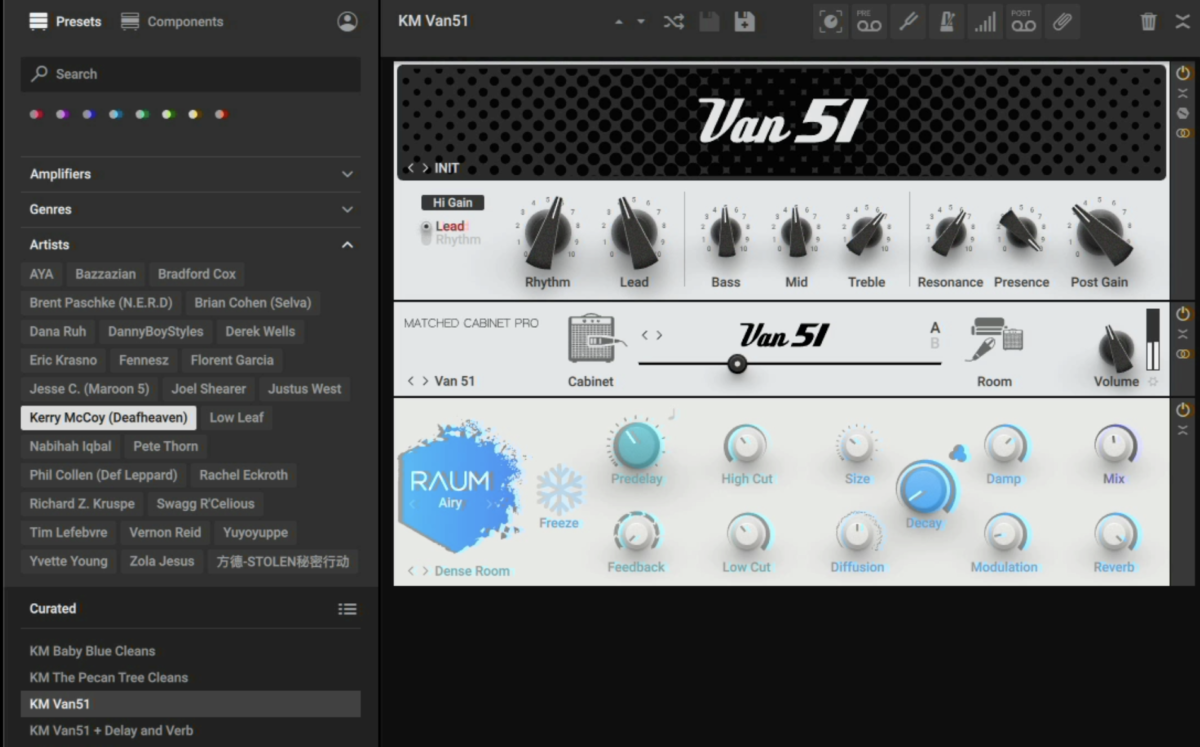
This one was my idea of replicating my live setup, but I wanted it to sound a little bit sterile, like an Origin solo where the gate makes it clean as hell. Then I added the Raum reverb on there to make it sound like a soundcheck at a small, empty venue. I miss the sound of an amp in an empty room. It’s really good for warm, humbucker-type clean tones.
Van 51 + Delay and Reverb
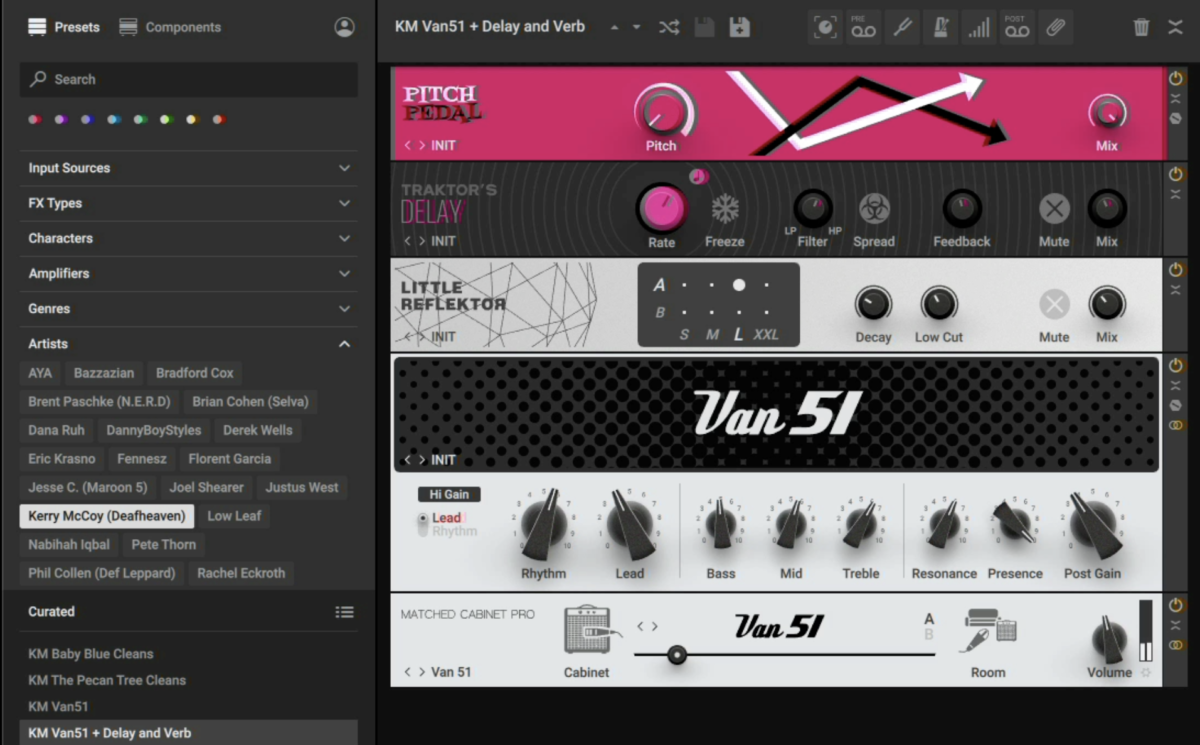
The idea behind this one was assuming that you’re working through a DAW. On Deafheaven’s “Vertigo” or on our Mogwai cover, I’ve personally achieved my version of the Kevin Shields-type vibe with the pitch bend. I was going to originally automate it to the subdivision of notes on the tempo, but then I played it and remembered that it’s way more feel-oriented. It’s not like every eighth note is a bend. It’s way more about of listening to how the delay is bouncing it off of the amp and using that momentum to bend the notes. So I essentially went into this one with the idea that if you record your part and then you automate the pitch bend when you listen back, you can achieve something very similar to what I do live.
Van 51 Solo

This is essentially me trying to recreate the solo from “Baby Blue.” Again, I could have automated the wah to eighth notes, but there’s a lot of points in that solo where, if I’m being honest, I essentially use the wah as a crutch to not shred, like a filter to add motion where there’s not exactly a ton of speed in my fingers. It’s not a consistent thing, so I wanted to give people the chance to automate it themselves. And at the time I was super into Ride the Lightning-era Metallica and Van Halen solos. That chorus with the wah through the distortion is almost pukey hair-metally, but it can be tasty. Not exactly reinventing the wheel, but certain things are classics for a reason.
To learn more about GUITAR RIG 6, check out our online shop. You can also get started with the free GUITAR RIG 6 PLAYER.








